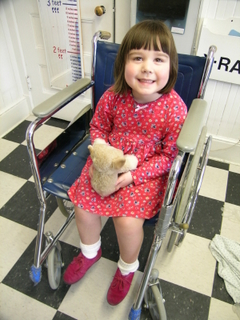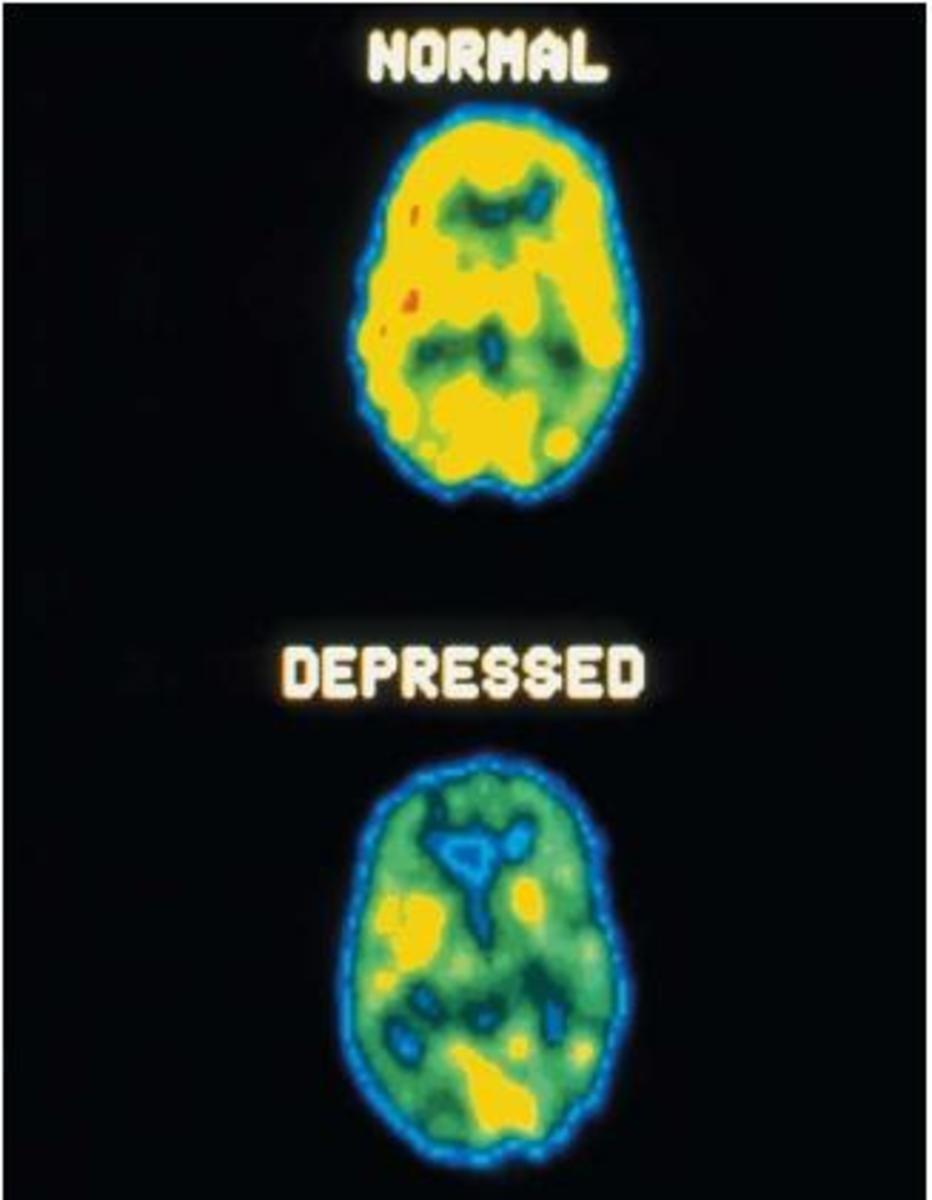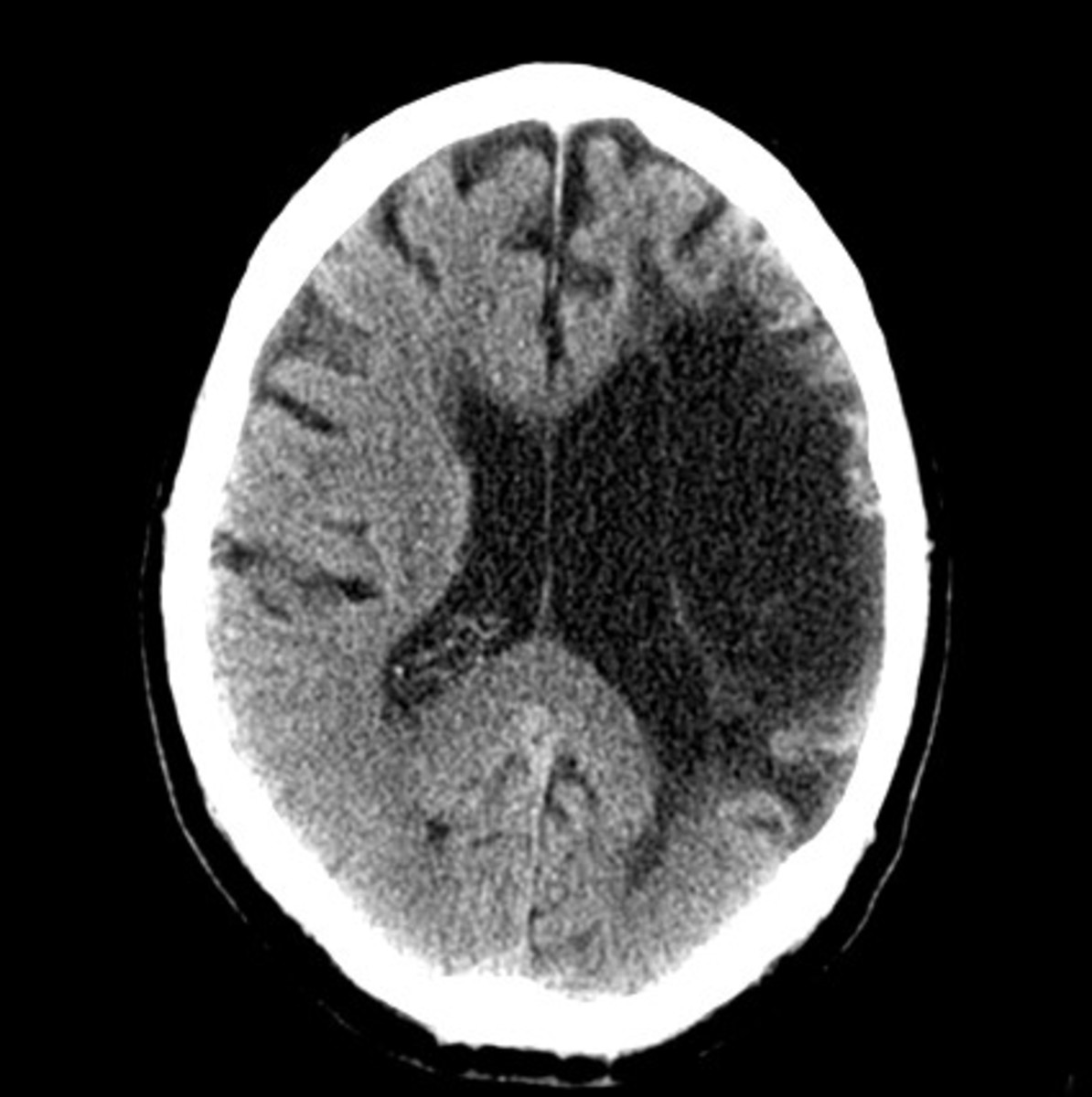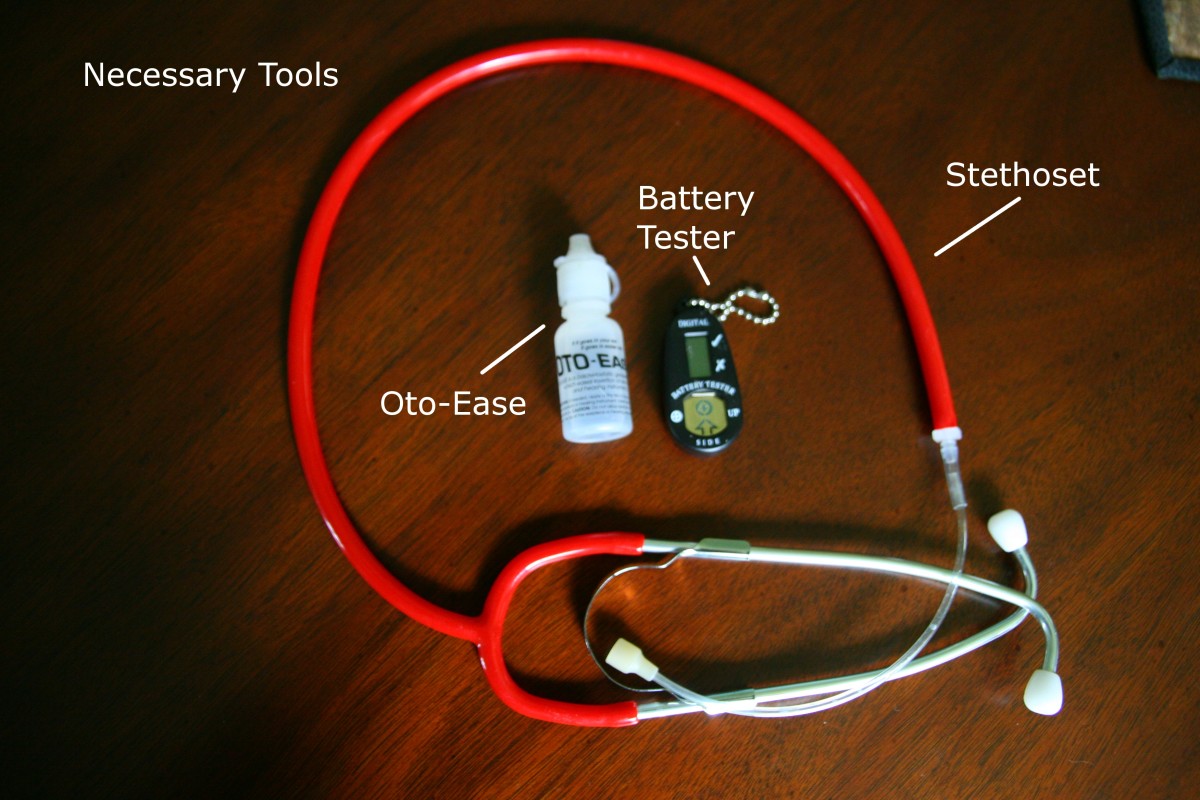Causes, Symptoms and Types of Cerebral Palsy
Varieties of Cerebral Palsy
When the term cerebral palsy is used, many times people think of a very specific thing that is easy to see and identify as the condition.
The reality is that while a person's body can be affected by cerebral palsy in a similar fashion, the degree of the symptoms can vary greatly, and much depends upon where, how and when the damaged occurred in the child's brain during the birthing process.
In other words, did the damage occur during the pregnancy, when the baby was being delivered or after the delivery?
Cerebral palsy is defined by the specific effects of the brain damage upon the individual, which are classified under numerous categories, depending on the symptoms. We'll get into a few of them in this article to show you the variety of symptoms experienced by victims of cerebral palsy and what can be expected during their lives.
By the way, I do have an adult son who had brain damage and lives with cerebral palsy, so I know what someone goes through and experiences during these caregiving years.
So here are some of the symptoms of cerebral palsy to help you understand it better.
Symptoms of Mild Cerebral Palsy
When you first hear the term mild cerebral palsy, you tend to respond in relief if you're someone who could have a child with these symptoms, which are actually difficult to diagnose.
Because all cerebral palsy is caused by damage to the brain of some sort, mild cerebral palsy obviously has mild damage to the brain, and so the effects of it are minimal, and may not be discovered until a child with them is older.
The challenge for a child of mild cerebral palsy is in getting treatment at an early age, as it's usually not until later years when it's discovered. So any unusual challenges of physical activity should be mentioned to a doctor in order to make them aware of the possibilities.
The only symptom in general you can watch for here is when children have difficulty performing normal physical tasks which other children do without much effort.
Symptoms of Spastic Cerebral Palsy
Spastic cerebral palsey is related to the outer layer of the brain, and is the most common strain of the cerebral palsy family. Approximately seventy to eighty percent of all cerebral palsy victims have spastic cerebral palsy.
Just think of tightening of the muscles, and you have the whole idea of what spastic cerebral palsy entails. It's only different in each person to the degree of muscle tightness. Some people have less tightness and others a large amount of tightness or spasticity. Others may only have their legs affected or even one side of the body.
While the damage from the brain doesn't change in any way concerning those with spastic cerebral palsy, it appears to do so because of how the lack of use or continued tightness affects the joints and tendons of the body.
Some of the treatment options for spastic cerebral palsy include surgery where the tendons are cut and lengthened, or a pump can be placed in the abdomen or back to disperse baclofen, which helps to reduce the tightness in the tendons and muscles. My son has had both of these procedures applied, and primarily uses the pump at this time, which has helped relieve some of the pain connected to the condition he says.
Little girl in wheelchair who has cerebral palsy

Symptoms of Spastic Diplegia Cerebral Palsy
When thinking of the difference between spastic cerebral palsy and spastic diplegia cerebral palsy, the basic difference is that spastic diplegia cerebral palsy will affect all four limbs of the body; usually it's worse in the legs than in the arms.
Even so, in many cases the person with the symptoms of spastic diplegia cerebral palsy can usually end up walking, although it can be at different levels of success.
Another symptom of spastic diplegia cerebral palsy is strabismus. Ok. Enough of the big words, that simply means the person will be cross-eyed. About 75 percent of all those with spastic diplegia cerebral palsy are cross-eyed. Usually they are also nearsighted, although most the time it can be corrected.
Symptoms of Ataxic cerebral palsy
Out of all cases and effects of cerebral palsy, ataxic cerebral palsy is the most rare, with between five to ten percent of all of those with cerebral palsy being affected by it.
With ataxic cerebral palsy, the damage to the brain is at the base of the brain, which functions in the area of coordination and balance. So those afflicted with ataxic cerbral palsy will have difficulties with their coordination and balance as a result.
As in spastic diplegia cerebral palsy, ataxic cerebral palsy affects all four limbs most of the time, and also will have a direct impact on the trunk of the body as well.
Hypotonic or low muscle tone is also a consequence of damage to the base of the brain.
You will notice those with this particular effect because they look very shake when they are walking. This happens from the body attempting to continually counter-balance itself because of low muscle tone.
Another symptom of ataxic cerebral palsy is tremors associated with attempting to get hold of something very specific with the hands. Consequently, it can take a long time for the person to grasp an object or perform something like attempting to button a shirt.
There are several ataxic cerebral palsy treatments which can reduce the severity of some of the effects.
Symptoms of Athetoid cerebral palsy
Like most symptoms of cerebal palsy, they are determined by where in the brain the damage is done, and in the case of athetoid cerebral palsy, the damage done to the brain resulting in the symptoms is to the basal ganglia located in the midbrain region.
Of those with cerebral palsy, about twenty-five percent end up with athetoid cerebral palsy. Another term used to describe or identify it is dyskenetic cerebral palsy.
The overall symtoms connected to athetoid cerebral palsy is basically lack of control of muscles which results in involuntary movements which can affect almost every part of the body, including the face and tongue.
Stress is a big part of the involuntary muscle movement, and when a person is sleeping, there are little or no symptoms.
People viewing someone with the symptoms of athetoid cerebral palsy can think they're endlessly moving or in a state of constant restlessness.
Symptoms of severe athetoid cerebral palsy
The symptoms of severe athetoid cerebral palsy are pretty much the same as those of athetoid cerebral palsy, with the exception that they're at a heightened level.
Symptoms of mixed cerebral palsy
Mixed cerebral palsy is exactly what the name implies: a combination of two or more of other cerebral palsy types. The most common combination is spastic and athetoid cerebral palsy. Those two combine to be about 10 percent of all known mixed cerebral palsy cases.
What this unfortunately does of course is mix the various symptoms mentioned in the types of cerebral palsy above, and combine them in many ways.
Normally the symptoms will include the involuntary movements associated with athetoid cerebral palsy and the tight or spastic muscle tone connected to spastic cerebral palsy.
Sadly for some, they can experience the symptoms from the three types of cerebral palsy: ataxic, athetoid and spastic; although that is uncommon.
While this isn't real common, you would identify the condition from the many symptoms of the types of cerebral palsy.
Symptoms of quadriplegia cerebral palsy
Considered the worst form of cerebral palsy, quadriplegia can be identified by the inability to feel or move the parts of the body affected, including the trunk, arms, legs, and any other area affected by quadriplegia.
The source of this type of cerebral palsy is an injury to the spinal cord. As most people know, this interferes with messages sent to other parts of the body to feel or move.
Symptoms include control of facial muscles, retardation, and having a hard time talking. Some children can also have what are called hemiparetic tremors. Hemiparetic tremors are when a shaking which can't be controlled occurs on one side of the body and keeps the body from performing regular movement.
What must be watched for especially with victims of quadriplegia is fluid buildup which is caused from dead cells. A number of therapies and surgeries are available to deal with the problem and offer some relief.
Cerebral Palsy growing in U.S.
One reason I decided to write on cerebral palsy, isn't only because I have a son with cerebral palsy, but there are now over 800,000 people with cerebral palsy in the U.S. alone, and it continues to grow.
Consequently, even if we don't have a child or grandchild with the condition, it can help us to understand some what it is a child or adult with cerebral palsy must contend and struggle with throughout their lives, and so help us to relate and understand them all better.






